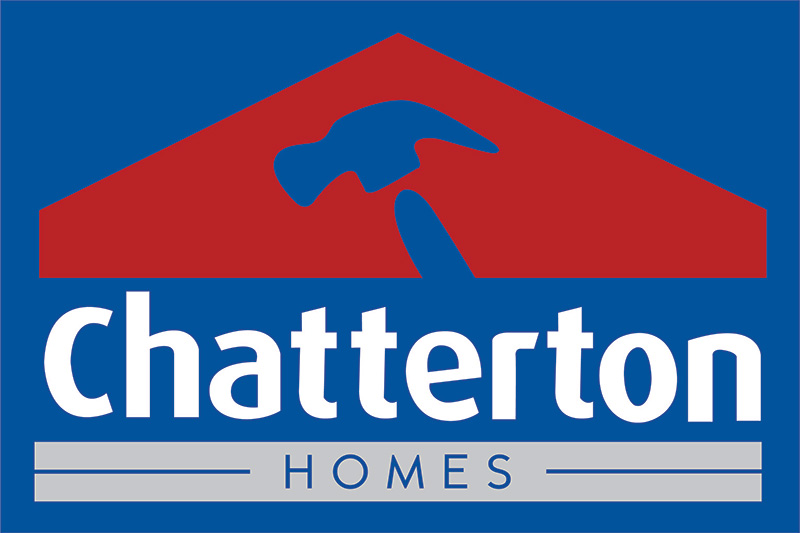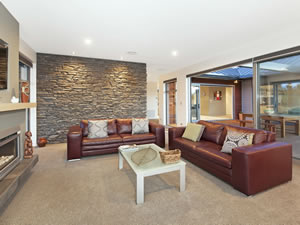Adequate Ventilation v Thermal Comfort in Your New Home – There is a Solution!
Historically, houses in NZ were built to ‘breathe’. They were so leaky that sufficient cold dry air seeped in to meet the needs of occupants, and ensure homes had no moisture damage. It is comparable to breathing through your skin, not your nose.
I recall the first house I owned, an old weatherboard villa. It had the very corners of the glass panels in the big bay windows deliberately cut out to let the house ‘breathe’…..needless to say it was freezing in the winter and any heating flew straight out! My asthma was not great, I often wore a coat indoors, and I sneezed my way through spring!
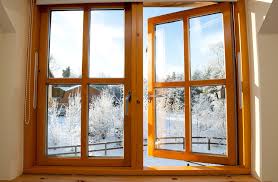
This old technique meant that cold, dry winter air would have needed to be warmed as well as humidified to provide a healthy indoor environment, and there was also the issue of managing hot and humid air entering in the summer.
The air leakages in buildings have been improved, and certainly deliberate gaps are no longer used. However, by creating an envelope with tighter airflow the growing issue is moisture management and air quality. The former can cause damage to the buildings structure over time and the latter has been associated with several health issues.
It is important to mention that air quality is manageable, and a good design using a designer that is knowledgeable and experienced in these matters, will manage the air flow and thermal comfort through good design, materials and ventilation considerations.
Air Quality in Non-Airtight Buildings
In fact, even with air leakage occurring in a non-airtight building, the quality of the air coming in through the building envelope will still contain a level of contaminants as the envelope itself is serving as the air filter, which means any chemicals or mould spores trapped inside the wall assembly, or allergens from outside can easily find their way into the home.
A study of two identical houses monitored the CO2 levels, one was ventilated free flow (using windows to ventilate) and the other had a balanced mechanical heat recovery ventilation system. In the graph below, the latter never exceeds the 1,000ppm threshold and is consistent, as opposed to the strongly fluctuating free flow home which exceeds the recommended threshold at its peaks.
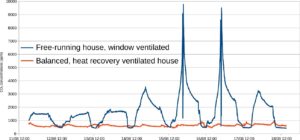
Graph: Monitoring of CO2 levels in 2 new 3-bedroom houses in Auckland over a week in winter. Both houses were inhabited by 4 people and a pet. Source: http://www.houseplanninghelp.com/hph096-is-natural-ventilation-fit-for-purpose-with-kara-rosemeier-from-passive-house-academy-new-zealand/
Free Flow (Natural) Ventilation Not Reliable for Air Quality

Recent NZ based research demonstrates that relying on natural forces (such as opening windows) for the provision of healthy homes in NZ climates is generally poor. The research concluded that the way houses are ventilated was crucial for the quality of the indoor environment.
Source: Healthy and affordable housing in New Zealand: the role of ventilation Rosemeier, Kara, University of Auckland
Excessive humidity and moisture build up are also cause for concern and even dust mite levels have been linked to the water vapour content in the air.
Without mechanical help the wind is the main driver for air exchange, but wind is not steady and the air exchange unpredictable at any one time. A constant pressure is required to control what is happening.
Free Flow Ventilation Not Adequate for Thermal Comfort
Simply creating natural ventilation pathways (free flow), decreases thermal comfort and exacerbates health problems due to the requirement for additional heating. In the study, all surveyed houses (built post 2000) were below the minimum international standard exhibiting indoor temperatures below 16 degrees with high relative humidity.
Ventilation is critical for provision of indoor air quality….’ yet it is simultaneously tied to the energy consumption of the house’.

Benziger (1979) defined thermal comfort as ‘a state in which there are no driving impulses to correct the environment by behaviour’. In the absence of thermal comfort stress symptoms surface with associated negative health effects.
The study went on to identify that a well-designed forced ventilation system and an airtight building envelope were enough to dilute indoor air contaminants to levels below concern. An efficient heat recovery ventilation system was found to be the most advantageous option, addressing both indoor air quality and thermal comfort, plus when taking all things into consideration it was found to be economically viable.
Source: Healthy and affordable housing in New Zealand: the role of ventilation by Rosemeier, Kara, University of Auckland
The Ultimate Airtight Building and The Need for Ventilation
The ultimate building is ‘airtight’, in terms of creating a thermally comfortable home and optimal energy efficiency. However, because homeowners are choosing to build their houses to much higher standards of air tightness, a mechanical ventilation system is essential for the following reasons:
- To provide oxygen for occupants since people deplete oxygen as they breath.
- To remove contaminants – because along with the toxins emitted by the human body, chemicals in building materials and furnishings continue to off-gas for many years after installation.
- To remove the excess humidity generated by normal human activity in order to ensure building durability and efficiency in heating.
The Ideal Scenario
An airtight building containing a mechanical heat recovery ventilation system (in other words a Passive House) is the ideal scenario to optimise both human and building health.
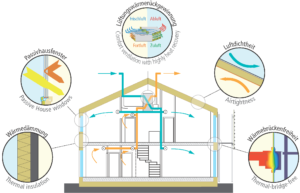
This allows airflow, moisture and allergens to be controlled as the ventilation system is the only way for air to get in and out when the building is sealed (windows shut)*. Stale air is forced out and clean heated fresh air can enter. Higher end German made MHRV’s such as Zehnder or Wolf, typically use a very fine filter, filtering out almost everything that could be harmful.
* It should be noted that windows can be opened at any time but as soon as the windows are closed and an airtight seal created the ventilation system will continue to work as intended extracting allergens, mould, moisture and stale air, and replacing it with fresh air warmed through heat recovery.
Not everyone wants a passive house but in any house design, whether its passive or not, it is important to consider:
- what priority you place on indoor air quality.
- the trade-off you accept between ventilation and thermal comfort.
- the experience and knowledge your designer possess to model a house that addresses your priorities;
In the meantime, if you would like to find out more about about building for health, comfort and energy efficiency, grab our FREE guide here.
